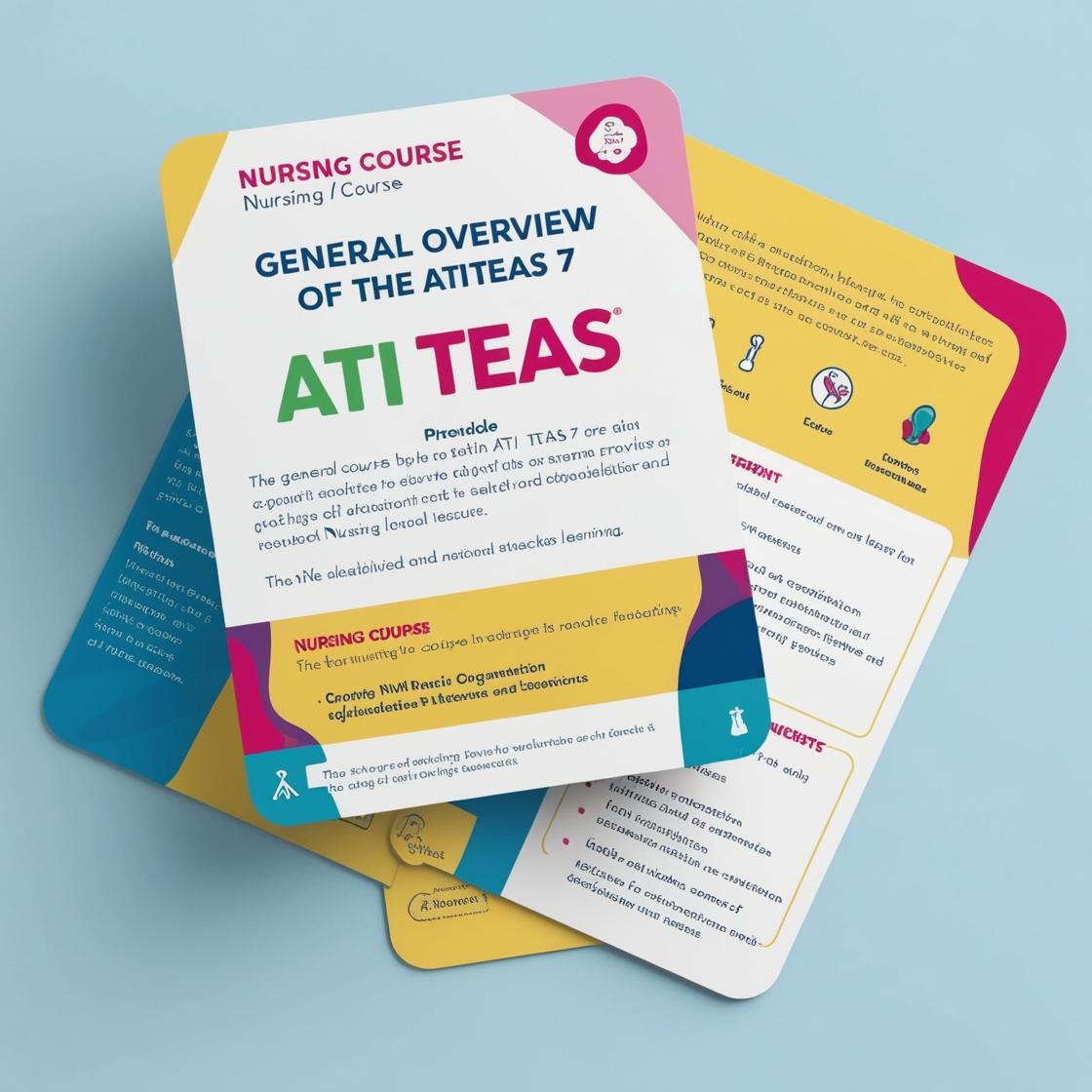ATI TEAS 7
ATI TEAS Practice Science Test
1. What are the subdivisions of the dorsal cavity, located at the back of the human body?
- A. Cranial and spinal
- B. Dorsal and ventral
- C. Lateral and proximal
- D. Inferior and superior
Correct answer: A
Rationale: The correct answer is A: Cranial and spinal. The dorsal cavity, situated at the back of the human body, is divided into the cranial cavity (housing the brain) and the spinal cavity (housing the spinal cord). Choices B, C, and D are incorrect as they do not represent the correct subdivisions of the dorsal cavity. Option B (Dorsal and ventral) is incorrect as it confuses the dorsal cavity with the dorsal and ventral body planes. Option C (Lateral and proximal) and option D (Inferior and superior) are incorrect as they refer to different anatomical terms that do not apply to the subdivisions of the dorsal cavity.
2. What is the most basic unit of structure in living things?
- A. Cell
- B. Organelle
- C. Oxygen
- D. Pigment
Correct answer: A
Rationale: The cell is indeed the most basic unit of life, forming the foundation of all living organisms. Cells are the building blocks of all living things, containing organelles that perform specific functions. While oxygen is essential for life, it is not a structural unit. Similarly, pigment is a component found within cells but is not the fundamental unit of structure. Therefore, the correct answer is 'A: Cell.'
3. What is the temperature of 35°C in Kelvin?
- A. 220
- B. 238
- C. 308
- D. 345
Correct answer: C
Rationale: To convert Celsius to Kelvin, add 273.15 to the Celsius temperature. In this case, 35°C + 273.15 = 308.15 K. Therefore, the correct answer is 308 K. Choice A (220) is incorrect as it does not account for adding 273.15 to convert to Kelvin. Choice B (238) is incorrect as it is not the result of adding 273.15 to 35°C. Choice D (345) is incorrect as it is not the correct conversion of 35°C to Kelvin.
4. Which structure protects the lungs?
- A. Femur
- B. Ribcage
- C. Scapula
- D. Skull
Correct answer: B
Rationale: The ribcage is the correct answer. It protects the lungs by providing structural support and shielding them from injury. The femur is a bone in the thigh and does not protect the lungs. The scapula is a shoulder blade bone, and the skull protects the brain, not the lungs.
5. How does the respiratory system facilitate gas exchange between air and blood?
- A. Diffusion
- B. Exhalation
- C. Inspiration
- D. Ventilation
Correct answer: A
Rationale: The correct answer is 'Diffusion.' Diffusion is the process by which gases are exchanged between air in the alveoli and blood in the capillaries. Oxygen moves from the alveoli into the blood, while carbon dioxide moves from the blood into the alveoli through diffusion. Exhalation is the process of expelling air from the lungs, inspiration is the process of inhaling air into the lungs, and ventilation refers to the overall movement of air in and out of the lungs. While these processes are essential for the respiratory system to function, they are not directly responsible for the gas exchange between air and blood, which is primarily achieved through diffusion.
Similar Questions

Access More Features
ATI TEAS Premium Plus
$150/ 90 days
- Actual ATI TEAS 7 Questions
- 3,000 questions with answers
- 90 days access
ATI TEAS Basic
$99/ 30 days
- 3,000 Questions with answers
- 30 days access
